THE TREATMENT OF KERATOCONUS
Keratoconus is a genetically inherited disease that affects the normal shape of the cornea, causing it to lose its stability and develops a cone-shaped protrusion, which results in a reduction and distortion of vision.
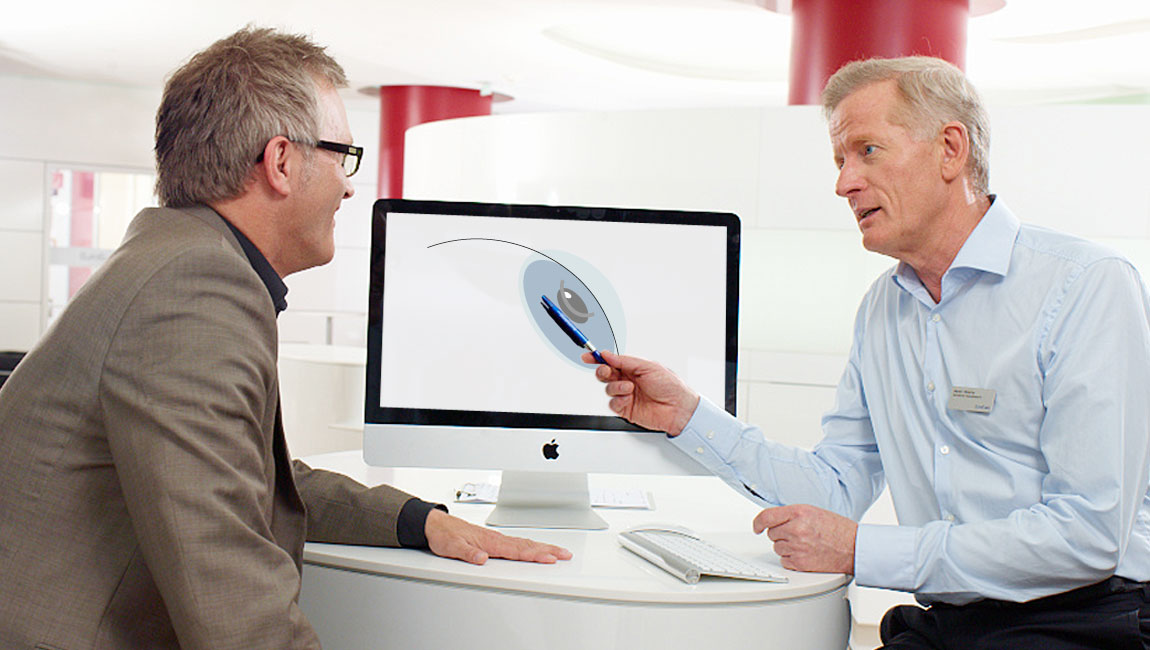
KERARING IMPLANT WITH THE FEMTOSECOND LASER
A Keraring implant with the femtosecond laser can stall this progressive protuberance of the cornea. Generally, the implants stabilize the cornea and thereby also stabilize the vision. An improved adaptation of glasses or contact lenses is thus possible.
Are you suffering from keratoconus and are you considering a long-term solution? We will provide you with an overview of the clinical picture and the suitable treatment method.
What is Keratoconus?
The word Keratoconus derives from two Greek words: “kerato”, which means cornea, and “conus”, which means cone. Keratoconus is a genetically inherited disease that effects the normal form of the corneal shape, causing it obtain a cone-like shape–the reason for the reduced vision.
The Keraring is mostly implemented when the disease has reached its advanced stages and contact lenses have become intolerable, or the corneal shape too irregular. The Keraring can stall this progressive curving of the cornea, and thereby indefinitely postpone the need for a corneal transplantation.
Treating Keratoconus:
Glasses: in the early stages
Hard contact lenses: when glasses are no longer sufficient
Implantation of corneal rings: when contact lenses have become intolerable, or the protuberance is increasing
Crosslinking: to stop the progression of corneal protrusion
Corneal transplant: In the final stages (carried out in the laser eye clinic in Munich): A LASIK surgery to improve the vision is not possible in this case.
The Keraring Procedure – Step by Step
Step 1
First, a tunnel is prepared for the ring to be inserted into. EuroEyes uses the femtosecond laser for this–just like in the Femto LASIK treatment–which makes the most precise incisions within 6 seconds.
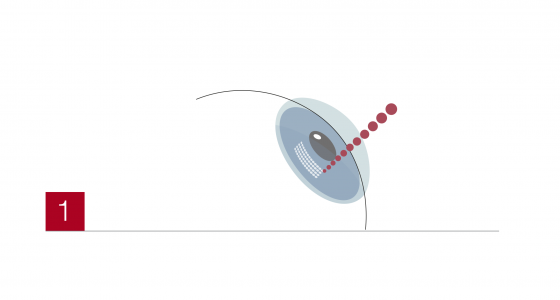
Step 2
The ring is then inserted carefully into this tunnel, and carefully positioned.
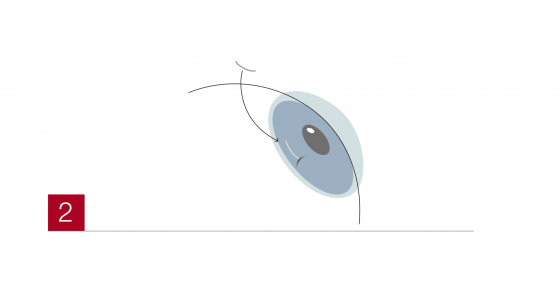
Step 3
The rings “tighten” the corneal cone and thereby create a more regular corneal surface.
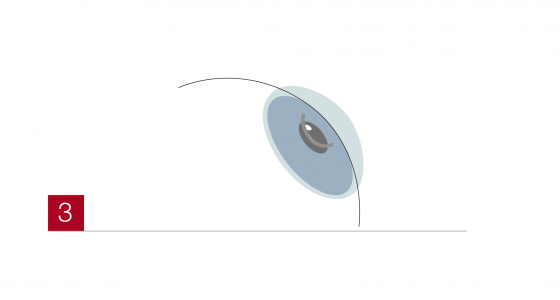
Keraring Treatment Process
1. Personal, Non-binding Consultation
All relevant eye parameters are measured
Examine your eyes to make sure you are a suitable candidate for the Keraring treatment
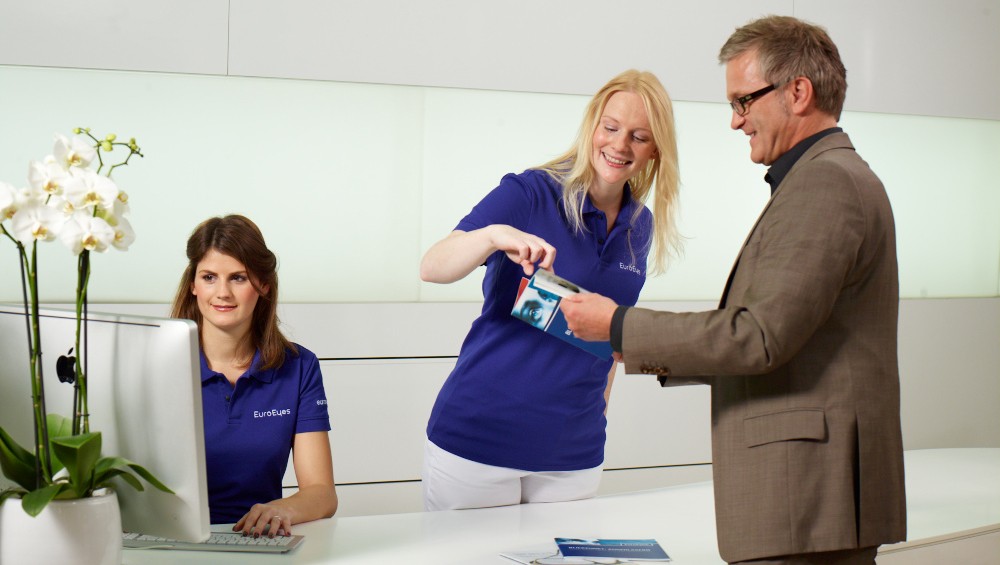
2. A Thorough Medical Preliminary Examination
The examination usually lasts about two hours
Intensive ophthalmic preliminary examination and measurement of your eyes
Our specialists in ophthalmology will explain every detail about the treatment
Before this preliminary examination you should not have worn soft contact lenses for one week and hard contact lenses for two weeks
Please note that after the examination you will not be safe driving a vehicle–neither car, nor motorcycle or bicycle. We therefore recommend that you take a cab or public transportation
At the examination you will receive an after-care set for the days after your treatment. The medication and content will be explained in detail by our staff
3. On the Day of Your Keraring Treatment
We recommend that you wear comfortable clothes on the day of treatment
You can eat and drink normally on the treatment day, but please do not smoke
For hygiene reasons, it is also important that you wash your face thoroughly prior to treatment, completely remove makeup, and avoid perfume
Anesthetic eye drops
Outpatient surgery, no bandage, and sunglasses are recommended
The total duration of the surgery (one eye): approximately 10-15 minutes
You are not allowed to drive a vehicle after the procedure
4. After the Keraring Surgery
The eye can be a little red–please do not rub your eyes
How and when to use the antibiotic eye drops, the combination product that has a preventive effect against swelling and inflammation, and the pain-relieving eye drops will be discussed with your doctor beforehand
Return to work after 2 days
Resume sports activities after approximately 3 days, swimming and sauna after approximately 2 weeks
Post-operative follow-up examinations: after 1 day – 1 week – 1 month
You may drive a vehicle again only with the doctor’s permission, normally after the 1 week post-operative examination
Good to know about keraring implantation
This is the most modern and safe surgical treatment method of keratoconus
The keraring is made out of artificial material, Perspex CQ Acrylic, which is the same material used for over 25 years for cataract treatments, and is therefore tolerated so well by the cornea that no risk of rejection.
The eye quickly recovers from the surgery, and the vision therefore improves within a couple of days, and stabilizes within 3 to 6 months. During this time, vision fluctuations can occur. It may be necessary to wear glasses or contacts after the surgery–even though the vision, despite a small remaining refractive error–will be pretty good.
The success of the surgery depends on the severity of the corneal disease. The earlier this treatment is carried out, the greater the success rate. If carried out in time, as much as 95% of all progressive cases can be stopped.
The risk of complication is very low, however, as by any other surgery, an infection may occur. Complications are generally not severe, and in case they do occur, this treatment is reversible and the rings can be removed, allowing the cornea to return to its original shape.
FREQUENTLY ASKED QUESTIONS ABOUT KERARINGS
A keraring is an artificial ring, which consists of two semicircular segments at 5 mm in diameter and of variable thickness. The ring is made out of artificial material, Perspex CQ Acrylic, which is the same material used for 25 years for artificial lens implants in cataract and refractive lens exchange surgeries. The keraring is tolerated so well by the cornea that no risk of rejection exists. The main reason for the surgery is the improvement of visual acuity. Kerarings can stall the progression of keratoconus and thus delay the cornea transplant indefinitely. Once the Keraring is in place a crosslinking is performed to stabilize the cornea.
1. Moderate to high nearsightedness
2. Severe astigmatism
3. Irregular astigmatism
First, the visual axis is marked on the cornea, then a tunnel is prepared using the femtosecond laser. The femtosecond laser places the incisions very precisely in 6 seconds. The rings are inserted into the tunnel, and subsequently, a bandage contact lens is applied.
The risk of complication is very low. However, as with any other surgery, an infection may occur. Complications are generally not severe, but if they do occur, the kerarings must be removed. This is also necessary if the rings extrudes out of the tunnel. Despite a surgery, a corneal transplant may become necessary. The keraring is not a replacement of the corneal transplant.







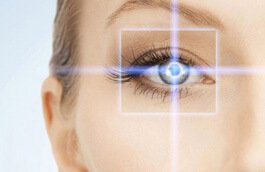





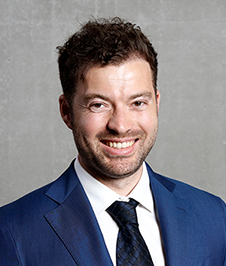





Join our Newsletter